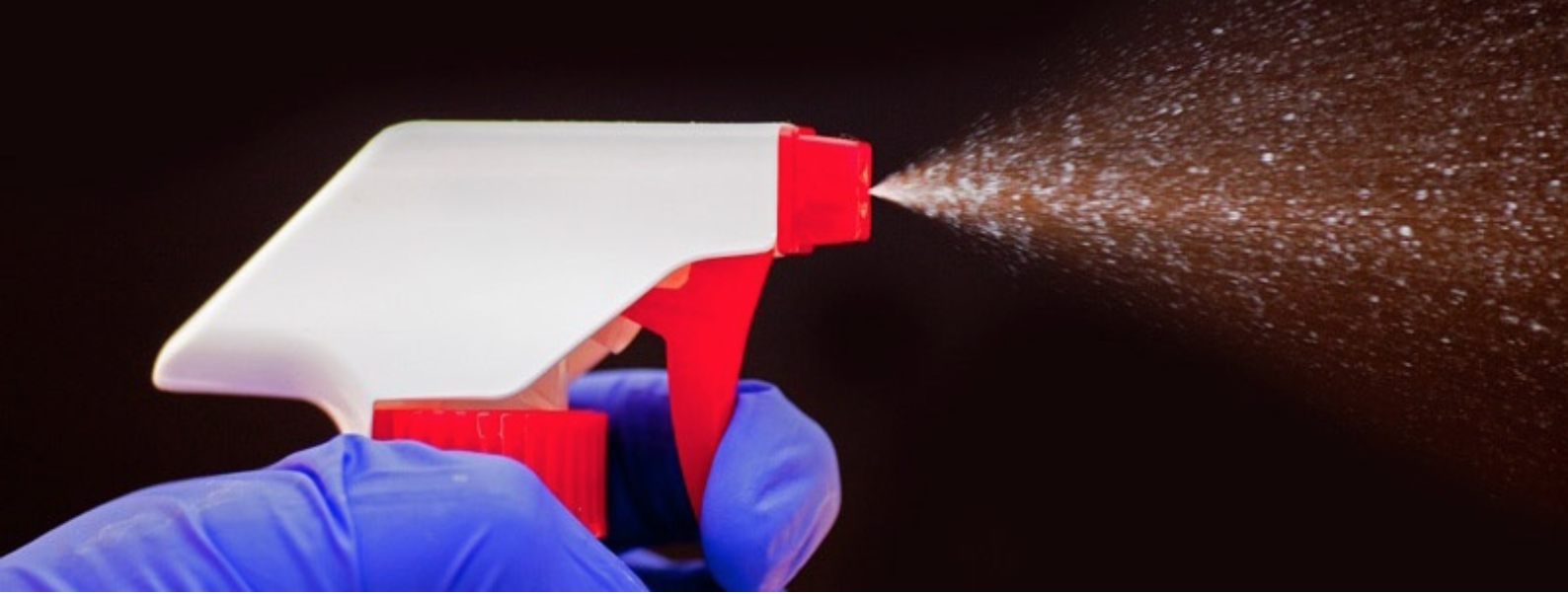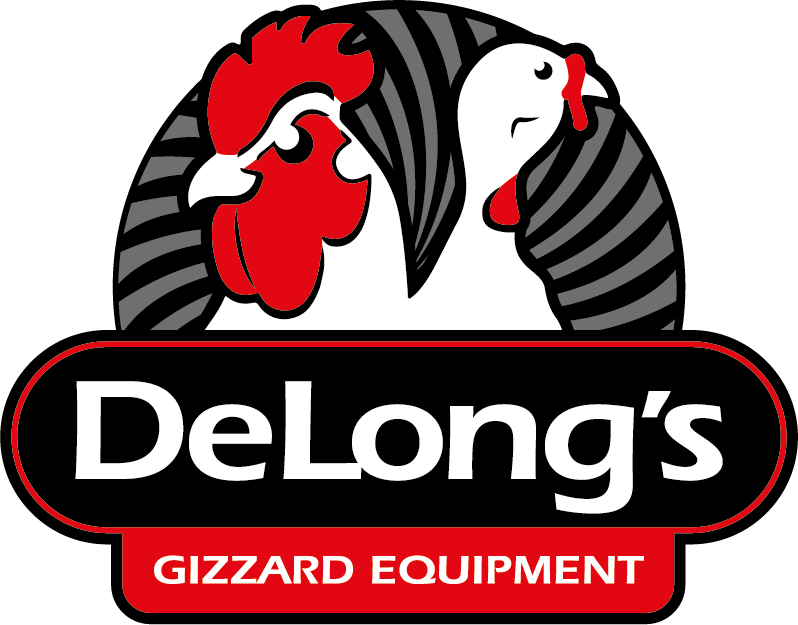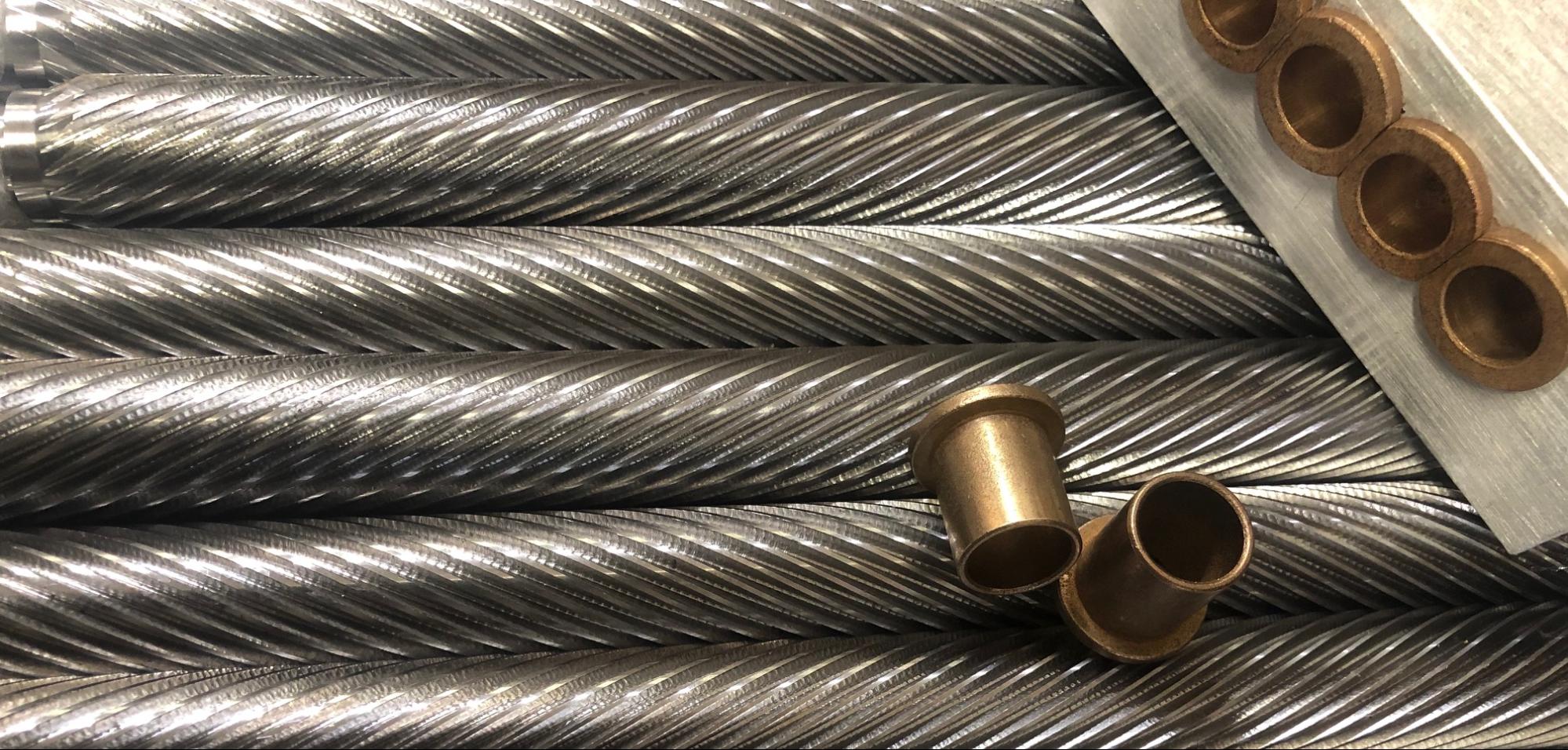
17 Jan The 10 Principles of Sanitary Poultry Processing Equipment
Posted at 22:24h
in Poultry Processing Equipment
When looking for new poultry processing equipment, or assessing current equipment, it’s important to make sure that it is designed in a way that makes sanitation easy and efficient. This post will lay out 10 principles to keep in mind when assessing equipment’s ability to stay sanitary. These 10 principles come from the Foundation for Meat & Poultry Research & Education’s Sanitary Equipment Design Principles.
1) Cleabable To A Microbiological Level
- All services, whether they come in contact with the product or not need to be cleanable, and accessible for cleaning.
- Equipment should also be constructed to not deteriorate from cleaning.
- All surfaces should look, feel, and smell clean.
2) Made Of Compatible Materials
- All materials used in the construction of equipment should be compatible with the products, environment, cleaning and sanitizing chemicals, and methods of cleaning and sanitation.
- Materials should be non-toxic, non-absorbent, and corrosion resistant.
- Stainless steel should generally not be below AISI 300 series.
- Plastic pieces cannot change shape, structure, or function due to cleaning and sanitation
- Plated, painted and coated surfaces should not ever come in contact with food, or be above product zone areas.
- Cloth back belts are prohibited
- The following materials are prohibited: wood, enamelware, uncoated aluminum, uncoated anodized aluminum.
- Metals should be compatible with one another.
- Seals and O-rings should be used to minize product contact.
3) Accessible For Inspection, Maintenance, Cleaning And Sanitation
- All surfaces should be easily accessible for inspection, maintenance, cleaning, and sanitation.
- Equipment should be able to be dissassembled without tools in order to access any surfaces that are not immediately accessible.
- If there are parts that are not accessible even by dissassembly, they need to be accessible to clean in place (CIP).
- Parts should remain attached to, or hung onto equipment, or placed in organized parts baskets or carts to prevent damage or loss, and to ensure easy cleaning.
- Machinery and chain guards should drain away from product zones and easily removed.
- There are directions from the supplier for cleaning and maintenance on a periodic basis.
- Product catch pans and drip pans are removable and cleanable.
- All belting is easily removable and cleanable.
- Contact areas and conveyor travel paths should maintain an 18″ floor clearance for product.
- Equipment is located 30″ from overhead structures and 36″ from nearest stationary object.
- Air, vacuum, and product hoses should be semi transparent and easily removable for sanitation.
- pneumatic systems do not exhaust in or near product contact surfaces.
- Also all cylinders, supply lines, and returnlines should be sealed so they don’t allow the ingress and egress of soils.
4) No Product Or Liquid Collection
- All surfaces should self drain and eliminate liquid pooling.
- All open surfaces should be resistent to warping or denting to prevent liquid pooling.
- Moisture should not drip, drain, or flow into product zones.
- Belt tensions should not cause water pooling.
- There should not be any dead space in equipment’s design.
- Materials should be non-absorbent.
5) Hollow Areas Should Be Hermetically Sealed
- Hollow areas should be eliminated or permanently sealed.
- Items such as bolts, studs, mounting plates, and other items should be continuously welded to the surface, not with drilled and taped holes.
- There are no fastener penetrations into hollow tube construction.
- Leg adjustments should be external and cleanable.
- Name plates and tags should be small, and placed above or adjacent to the contact surfaces.
6) No Niches
- Equipment and parts should have no pits, cracks, corrosion, recesses, open seams, gaps, lap seams, protruding ledges, inside threads, bolt rivets, and dead ends.
- Internal corners and angles shall have a smooth and continuous radius of at least 1/8 inch.
- Caulking is not used in or above the product zone.
- All welds are continuous, smooth and polished.
- Press adn shrink fits are not used.
- Fastners are not used in or above th eproduct zone.
- Only fastners with concealed threads and a positive locking method are acceptable.
- Belt scrapters should not have lap joints, and should be easily removed without tools.
- Belt supports are constructed from single pieces of material.
7) Sanitary Operational Performance
- Buttons on control panels should be easily cleaned and sanitized.
- All compressed air that blows on the product or contact surfaces should be filtered and dried.
- No bearings should be present in or above the contact zone areas.
- There should be separation between product contact and non-product contact areas.
- Areas near product contact zones need to be designed like product contact zones.
- Product contact surfaces should not create build-up during operations.
- Shafts passing through a product zone should have an air gap to prevent product contamination.
8) Hygienic Design Of Maintenance Enclosures
- Drives, chain guards, electrical control boxes, and sealed bearings are not located over open product zones.
- Control and junction boxes are fastened to the frame.
- Supply lines, pipes, and wiring are separated with enough clearance to prevent catch points and allow for cleaning.
- Utility lines are 12″ off the floor and cleanable.
- Conduit and supply lines are not routed above product contact areas.
- Maintenance enclosures in direct wash down areas must be able to withstand cleaning and sanitation.
9) Hygienic Compatibility With Other Plant Systems
- Exhaust stystems have welded seams with easy access for cleaning and inspection.
- Vertical duct sections have a drain to prevent drainage from going back into equipment.
- Equipment must have separate exhausts for raw and RTE produc zones, and exhaust should not come near product contact surfaces.
- Inaccessible ducts should feature CIP systems.
- Fan cooled motors should now blow air towards product contact surfaces.
10) Validated Cleaning And Sanitizing Protocols
- Procedures for cleaning, sanitation and maintenance should be clearly written, designed and proven effective and efficient.
- Chemicals recommended for cleaning and sanitation must be compatible with the equipment and the manufacturing environment.
- Training manual should include sanitation information and be easily read and understood.
- All equipment parts should be able to withstand heat of 160°F for 30 minutes.
When these principles are followed, they will help make sure that your current and prospective equipment is designed with sanitation in mind, and meats satisfactory standards.



